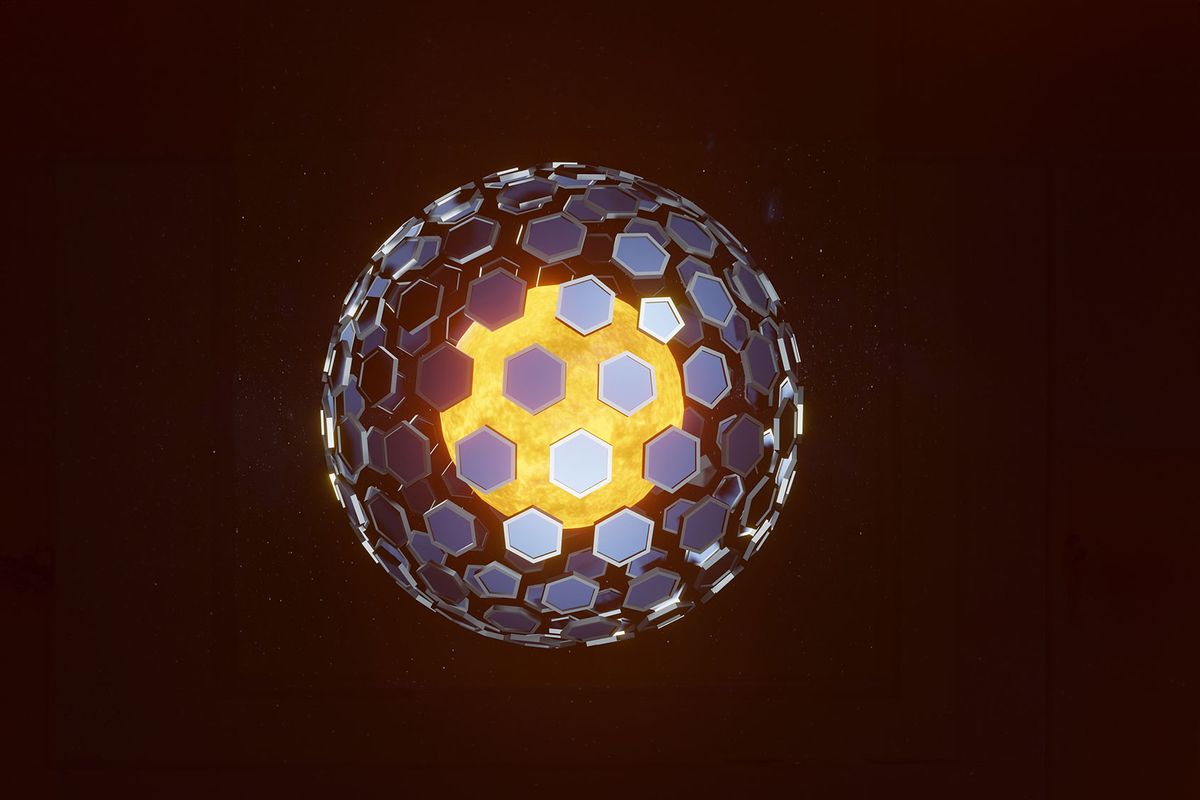Golden Ratio of 1.618 (Phi) Exploited
IMAGE/Tales of Times Forgotten
In today’s capitalist world, once a capitalist sees profit in an idea, it’s turned into a commodity whether there is demand for it or not. Demand is then created through advertisement.
The pharmaceutical companies’ ads on TV depict drugs with exotic looking names, shot in beautiful locales, in a friendly or familial atmosphere — without ever showing the true patients actual pain and push you to ask your doctor about their medicine. So the drug companies are forcing patients to pressure doctors to prescibe the said medicine. Only the US and New Zealand permit such direct-to-consumer ads.
These ads are banned in Europe. One wonders where is the need for a doctor then; the companies should sell the medicine directly to the customer, through mail.
Then there is the business of plastic surgery: a big one, at that.
According to The International Society of Aesthetic Plastic Surgery (ISAPS), the year 2021 saw an overall increase of 19.3% in procedures performed by plastic surgeons. Globally, 12.8 million surgical and 17.5 million non-surgical, procedures were performed that year.
In 2023, the global cosmetic surgery market was valued at $57.67 billion. In rare cases, plastic surgeries are needed; others are simply, what are known as, “augmentation,” enhancement,” and so on of various anatomical parts. A huge number of cases go wrong in an unfixable manner — and end up victims of looking “beautiful,” forgetting the famous adage: “Beauty is in the eye of the beholder.”
This article is about a London based facelift surgeon named Dr Julian De Silva. Cosmetic Surgery Reviews has the following write-up about De Silva.
“Dr Julian De Silva is a renowned surgeon who specialises in only facial plastic surgery. With an international client base and use of pioneering regenerative medicine, he has built a reputation natural looking signature blepharoplasty, rhinoplasty, face and neck lift surgery. Voted internationally as one of the top 10 plastic surgeons in the world.”
This same website has listed him number 12 in its lists of 30 Best Facelift Surgeons in Western Europe 2023.
ClinicSpots website lists “15 Best Plastic Surgeons in the World” but De Silva’s name is not mentioned in that list, not that it matters much. Neither did The Luxe Insider include his name in its Top 10. In reality, any magazine or website can come up with their list of the “best.”
De Silva is a very savvy advertiser. He comes up with a list of the 10 most handsome men which he figures out by applying the Greek Golden Ratio. On his business website, he has this article: “Actor Aaron Taylor-Johnson – tipped to be the new James Bond – is the most handsome man in the world, according to science.” That science is “Greek Golden Ratio of Beauty Phi – which measures physical perfection.”
Looking at his website, the impression created is as if the article was published in The Clinic London on October 7, 2024. However, the link, when clicked, takes you back to De Silva’s site. De Silva or his staff may have written the article where De Silva is addressed in the third person.
Below is the 2024 list and the criteria applied by De Silva: the most attractive nose, eyes, eyebrows, chin, lips, forehead and face shape.

The most handsome men in the world – and their Golden Ratio scores
- Aaron Taylor-Johnson – 93.04%
- Lucien Laviscount – 92.41%
- Paul Mescal – 92.38%
- Robert Pattison – 92.15%
- Jack Lowden – 90.33%
- George Clooney – 89.9%
- Nicholas Hoult – 89.84%
- Charles Melton – 88.46%
- Idris Elba – 87.94%
- Shah Rukh Khan – 86.76%
He has made this list before too, in 2017 with mostly different actors as he updates the list according to the times. In that year, he was advertising Jamie Foxx’s “handsome chin” and Brad Pitt’s “eyes.” Whoever is the in-thing is in the the new bunch list of “most handsome.”
The July 2017 Marie Claire (French international magazine) article titled “These are the most handsome men in the world” “(according to science)” listed the following actors
- George Clooney — 91.86%
- Bradley Cooper — 91.80%
- Brad Pitt — 90.5%
- Harry Styles — 89.63%
- David Beckham — 88.96%
- Will Smith — 88.88%
- Idris Elba — 87.93%
- Ryan Gosling — 87.48%
- Zayn Malik — 86.50%
- Jamie Fox — 85.46%
There are millions of beautiful people all over the world. Just in London, if De Silva visited different localities, he would come across many, many handsome people. But then, to attract clients, he relies on well known actors.
Golden Ratio
Now let’s check out what Golden ratio is and if this was widely applied by the Greeks. Spencer McDaniel on her website Tales of Times Forgotten explains what Golden Ratio is:
The so-called “Golden Ratio,” or φ, occurs when the ratio of the greater of two quantities to the lesser of two quantities is equivalent to the ratio of the sum of the two quantities to the greater of the two quantities. Expressed using incomprehensible math symbols, it looks like this:
Mario Livio, on his website +Plus explains the Golden Ratio like this:
In the Elements, the most influential mathematics textbook ever written, Euclid of Alexandria (ca. 300 BC) defines a proportion derived from a division of a line into what he calls its “extreme and mean ratio.” Euclid’s definition reads:
A straight line is said to have been cut in extreme and mean ratio when, as the whole line is to the greater segment, so is the greater to the lesser.
In other words, in the diagram below, point C divides the line in such a way that the ratio of AC to CB is equal to the ratio of AB to AC. Some elementary algebra shows that in this case the ratio of AC to CB is equal to the irrational number 1.618 (precisely half the sum of 1 and the square root of 5).
C divides the line segment AB according to the Golden Ratio.
Over a period of time, the honorifics “Divine Proportion” and “Golden Ratio” were bestowed on the theory and that got associated with aesthetics.
McDaniel points out that Greeks were not that much into the “Golden Ratio.”
Many people believe that the “Golden Ratio” is the pinnacle of aesthetic perfection and that, the closer something is to the Golden Ratio, the more beautiful it is automatically. Many people also believe that the ancient Greeks were obsessed with the Golden Ratio and that they incorporated it into all their buildings and works of art. Unfortunately for those who love a good math story, we have no good evidence to support either of these conclusions.
In fact, the Golden Ratio is not even mentioned in any Greek text until as late as the early third century BC. The Greeks were arguably fascinated with the idea of using mathematical proportions in art to a certain extent, but they were by no means obsessed with the Golden Ratio in particular. The story of how we came to believe that the Greeks were obsessed with the Golden Ratio, though, is as fascinating as it is bizarre. It involves a friend of Leonardo da Vinci, an eccentric nineteenth-century German psychologist, and Donald Duck.
Ancient Greece’s temple known as The Parthenon, also considered a symbol of Western Civilization and democracy, has, it has been claimed, to perfectly fit the Golden ratio. McDaniel disagees and illustrates the points in a couple of pictures of the Parthenon.

The argument McDaniel makes is that superimposing rectangles and spirals on images of artworks, buildings, or any other object, does not prove that it was constructed according to the Golden Ratio.
She herself superimposed spirals over the illustrated image of satan, over her own face, and over a dumpster (see above) and then sarcastically questions:
“Can you even begin to fathom how incredibly aesthetically appealing this dumpster is? Is it not the most beautiful dumpster you have ever seen?”
That is the gist of her argument: superimposing spirals and rectangles does not make the object beautiful — if it is aesthetically pleasing, then it is beautiful — irrespective of whether the Golden Ratio was applied or not.
Similarly, drawing some lines on a photo of human face and giving percentages to various facial parts does not make a person the “most handsome man in the world.” The claim itself shows how narrow the person’s outlook is equating to tunnel vision.
Beauty is in the eyes of the beholder. Arguably, every being can be characterized as being striking, beautiful, appealing, attractive. One just needs to look at the creation deep emough. There is room for all things in our beautiful blue planet.


























